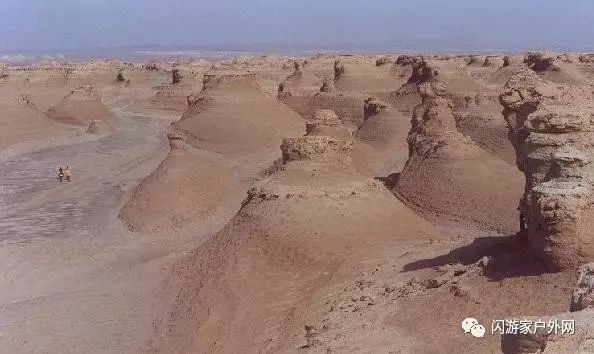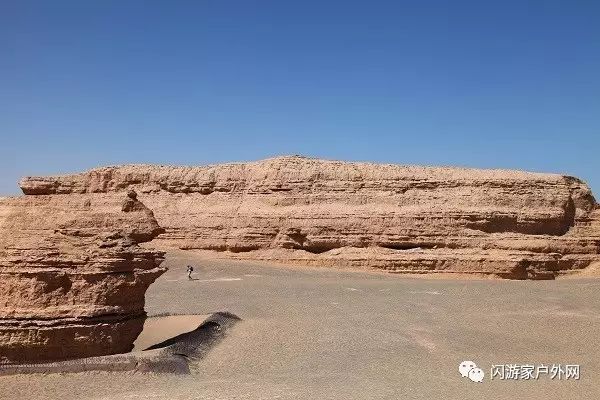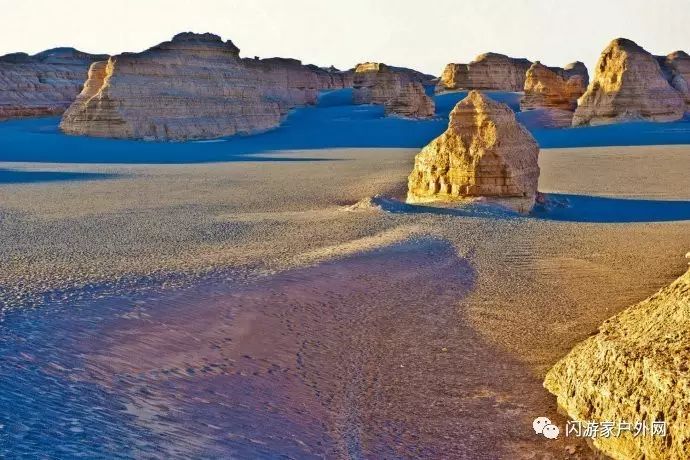
The Sanlong Sha Yardang is an integral part of the yardang landforms in the Lop Nur region. Situated east of the Sanlong Sha in Xinjiang’s Achik Valley, this remarkable geological formation spans approximately 10 kilometers in both east-west and north-south directions, covering an area of about 100 square kilometers. The mounds are impressively tall and arranged in an orderly fashion, resembling a fleet of ships anchored in the vast Gobi Desert when viewed from a distance.
The composition of Sanlong Sha Yardang’s mounds is primarily alternating layers of light brown mudstone and sandstone. At midday, these formations take on a fascinating appearance, resembling giant millstones or enormous, glistening lingzhi mushrooms.
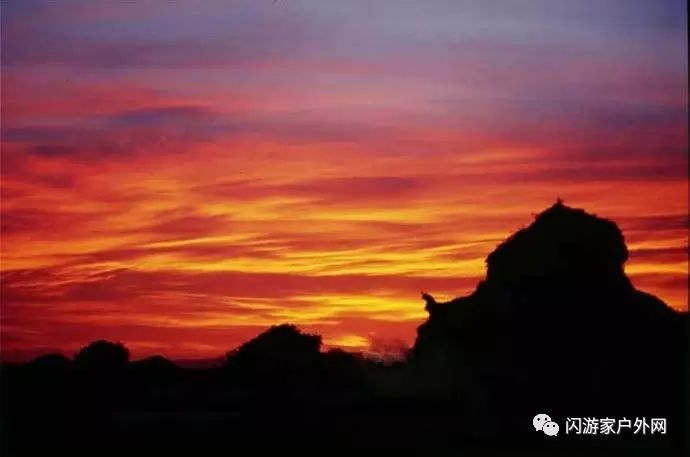
The beauty of Sanlong Sha Yardang lies in its seclusion and tranquility. Far removed from urban hustle and bustle, this area is devoid of noisy engines, busy workers, or towering buildings and villas. Instead, visitors are greeted by expansive vistas, serene quietude, and untouched nature.

This unique landform has been recognized for its exceptional beauty, ranking third in the “China’s Three Most Beautiful Yardangs” list, as selected by the “Beautiful China” campaign of China National Geographic.
As one of Xinjiang’s four renowned “Devil’s Cities,” Sanlong Sha possesses a charm that is truly one-of-a-kind. Much like how Beijing’s Tiananmen Square is unique to that city, Sanlong Sha offers an experience that cannot be replicated anywhere else in the world.
When exploring the Lop Nur region, after witnessing the dried-up riverbed of the Peacock River and the ancient ruins of Loulan, arriving at Sanlong Sha provides a profound sense of historical transformation and nature’s unforgiving power.
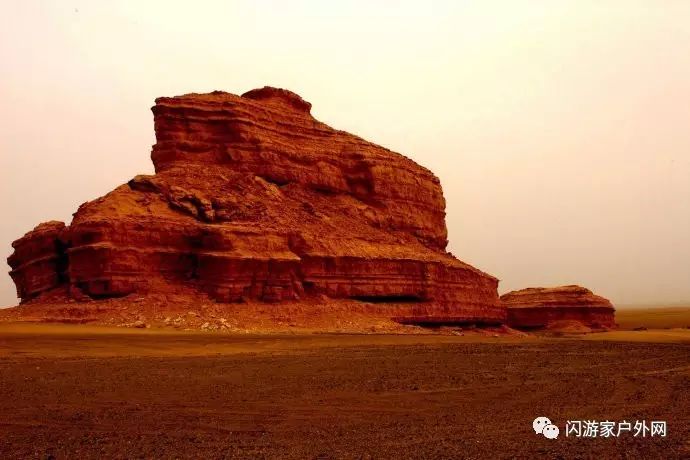
This area, once lush and beautiful, has been transformed into a desert. Yet, the desert seems to remember its former glory, now showcasing its magnificence in a different, equally awe-inspiring form.
Visitors to Sanlong Sha will find themselves immersed in a landscape that speaks volumes about the passage of time and the raw beauty of nature’s sculpting forces. It stands as a testament to the ever-changing face of our planet and offers a unique glimpse into the geological wonders of China’s vast and varied terrain.
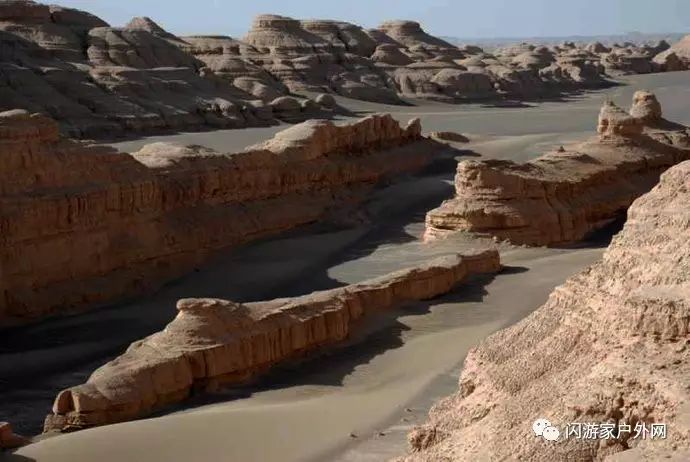
Sanlong Sha Yardang, located east of the Sanlong Sha in Xinjiang’s Achik Valley, forms part of the yardang landforms in the Lop Nur region. The yardang distribution area spans approximately 10 kilometers in both east-west and north-south directions, covering an area of 100 square kilometers.
The mounds are impressively tall and arranged in an orderly fashion, resembling a fleet of ships anchored in the vast Gobi Desert when viewed from a distance. The composition of Sanlong Sha Yardang’s mounds is primarily alternating layers of light brown mudstone and sandstone. At midday, these formations take on a fascinating appearance, resembling giant millstones or enormous, glistening lingzhi mushrooms.
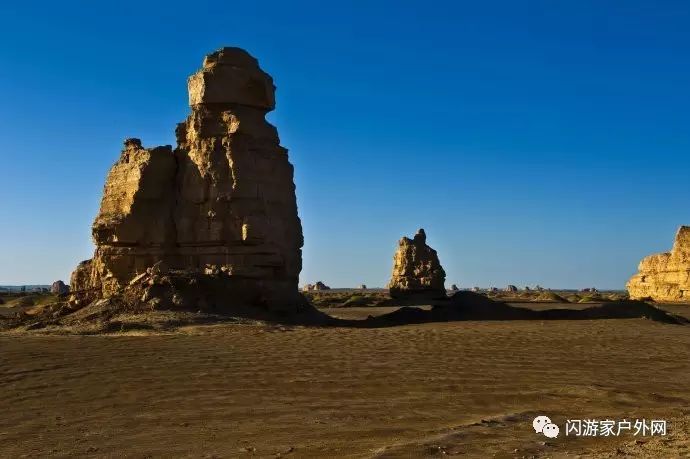
Sanlong Sha Yardang is a mobile sand dune belt stretching across the eastern part of Lop Nur. It continues to be influenced by northeastern winds, constantly shifting. This desert strip is about 100 kilometers long and several kilometers wide, with the narrowest part, approximately 200 meters wide, found along the Han Dynasty’s Tu Liang Road.
When the wind blows, the sand moves like a snake, and walking through the wind, fine sand swirls up to one’s knees. There’s a local saying: “Walk quickly on flowing sand, slowly on water.” The earth platforms of Sanlong Sha Yardang reach heights of 15-20 meters, with many extending up to 200 meters in length.
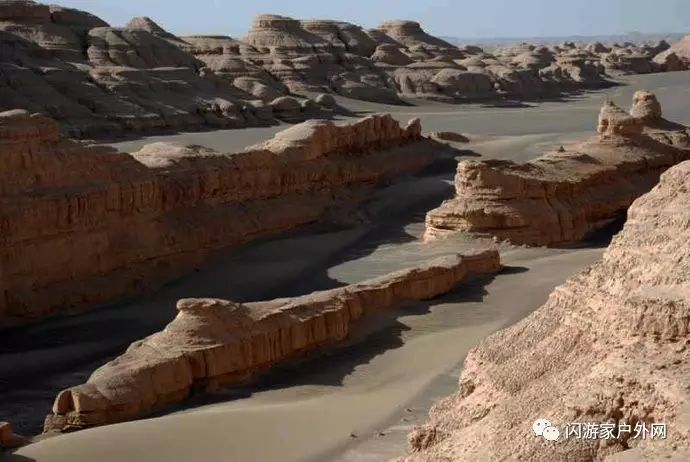
All the earth platforms are arranged in long strips from east to west, resembling a group of giant whales in a vast sea of sand, or a fleet of warships cruising, creating a magnificent spectacle. While there are different theories about their formation, most believe they were primarily shaped by flood erosion, with wind playing a secondary role.
The platforms are mostly composed of sedimentary loess layers, displaying various colors. Under the sun’s light at different times of day, they create a mesmerizing array of color worlds, full of wonder and enchantment.
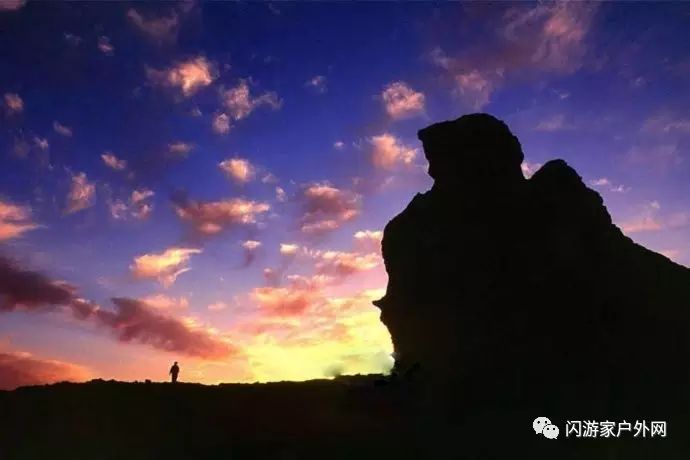
As you enter Lop Nur and observe the dried-up riverbed of the Peacock River and the ruins of Loulan, arriving at Sanlong Sha provides a profound sense of historical transformation and nature’s unforgiving power. This area, once lush and beautiful, has been transformed into a desert. Yet, the desert seems to remember its former glory, now showcasing its magnificence in a different, equally awe-inspiring form. Here, there is no hustle and bustle, only vast open spaces, desert, tranquility, and nature.
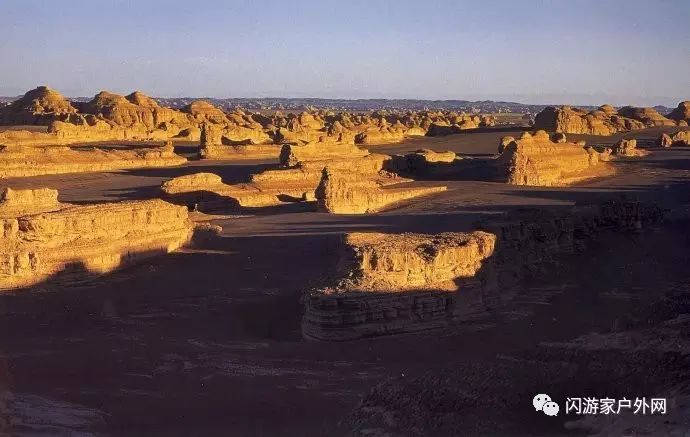
Experts comment: “The Sanlong Sha Yardang presents a diverse array of shapes, vividly lifelike, a masterpiece of nature that can be described as magical craftsmanship. It possesses a desolate beauty, and nearby lies the famous ruins of the ancient city of Loulan, beautifully combining nature and human culture.” Another expert notes, “The dense cluster of yardangs reflects various images of the vast world: pavilions and terraces, vehicles and boats, humans and animals – it has everything. It is the most unique and beautiful yardang landform distribution area in China.”
